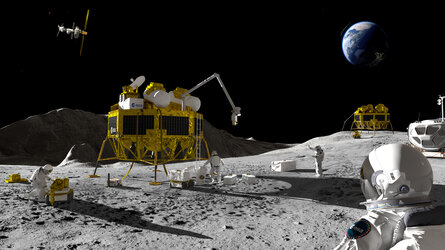Accept all cookies Accept only essential cookies See our Cookie Notice

About ESA
The European Space Agency (ESA) is Europe’s gateway to space. Its mission is to shape the development of Europe’s space capability and ensure that investment in space continues to deliver benefits to the citizens of Europe and the world.
Highlights
ESA - United space in Europe
This is ESA ESA facts Member States & Cooperating States Funding Director General Top management For Member State Delegations European vision European Space Policy ESA & EU Space Councils Responsibility & Sustainability Annual Report Calendar of meetings Corporate newsEstablishments & sites
ESA Headquarters ESA ESTEC ESA ESOC ESA ESRIN ESA EAC ESA ESAC Europe's Spaceport ESA ESEC ESA ECSAT Brussels Office Washington OfficeWorking with ESA
Business with ESA ESA Commercialisation Gateway Law at ESA Careers Cyber resilience at ESA IT at ESA Newsroom Partnerships Merchandising Licence Education Open Space Innovation Platform Integrity and Reporting Administrative Tribunal Health and SafetyMore about ESA
History ESA Historical Archives Exhibitions Publications Art & Culture ESA Merchandise Kids Diversity ESA Brand CentreLatest
Space in Member States
Find out more about space activities in our 23 Member States, and understand how ESA works together with their national agencies, institutions and organisations.
Science & Exploration
Exploring our Solar System and unlocking the secrets of the Universe
Go to topicAstronauts
Missions
Juice Euclid Webb Solar Orbiter BepiColombo Gaia ExoMars Cheops Exoplanet missions More missionsActivities
International Space Station Orion service module Gateway Concordia Caves & Pangaea BenefitsLatest
Space Safety
Protecting life and infrastructure on Earth and in orbit
Go to topicAsteroids
Asteroids and Planetary Defence Asteroid danger explained Flyeye telescope: asteroid detection Hera mission: asteroid deflection Near-Earth Object Coordination CentreSpace junk
About space debris Space debris by the numbers Space Environment Report In space refuelling, refurbishing and removingSafety from space
Clean Space ecodesign Zero Debris Technologies Space for Earth Supporting Sustainable DevelopmentLatest
Applications
Using space to benefit citizens and meet future challenges on Earth
Go to topicObserving the Earth
Observing the Earth Future EO Copernicus Meteorology Space for our climate Satellite missionsCommercialisation
ESA Commercialisation Gateway Open Space Innovation Platform Business Incubation ESA Space SolutionsLatest
Enabling & Support
Making space accessible and developing the technologies for the future
Go to topicBuilding missions
Space Engineering and Technology Test centre Laboratories Concurrent Design Facility Preparing for the future Shaping the Future Discovery and Preparation Advanced Concepts TeamSpace transportation
Space Transportation Ariane Vega Space Rider Future space transportation Boost! Europe's Spaceport Launches from Europe's Spaceport from 2012Latest
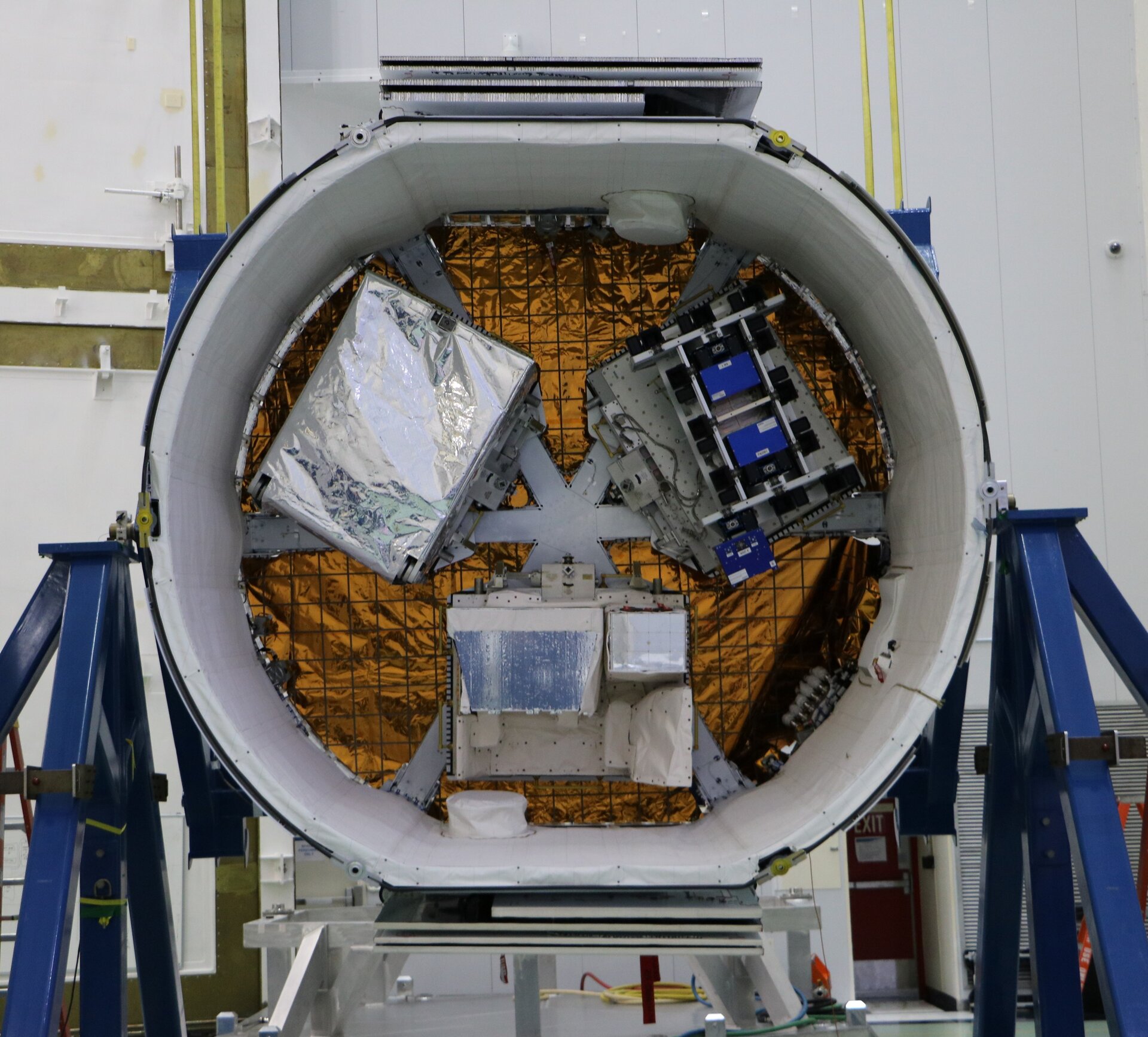
ASIM in Dragon
Thank you for liking
You have already liked this page, you can only like it once!
ESA’s Atmosphere-Space Interactions Monitor (ASIM), the centre-bottom box in this image, is seen here after its installation in SpaceX Dragon’s open cargo carrier ahead of next week’s launch. On 2 April, a Falcon 9 rocket will deliver this instrument to the International Space Station to begin its mission of chasing down elusive electrical discharges in the atmosphere.
For years, their existence has been debated: elusive electrical discharges in the upper atmosphere were reported by pilots, but these ‘transient luminous events’, also known as red sprites, blue jets, and elves, are difficult to study because they occur above thunderstorms.
Satellites have probed them and observations have even been made from mountain tops but their viewing angle is not ideal for gathering data on large scales.
Then, in 2015, ESA astronaut Andreas Mogensen managed to record many kilometre-wide blue flashes around 18 km altitude, including a pulsating blue jet reaching 40 km from the International Space Station. A video recorded by Andreas as he flew over the Bay of Bengal at 28 800 km/h shows the electrical phenomena clearly – a first of its kind.
The Space Station’s low orbit proved again to be the vantage point from which a large part of Earth along the equator could be observed and these sprites and jets could be captured.
Researchers want to investigate the relationship between terrestrial gamma-ray bursts, lightning and high-altitude electric discharges across all seasons by tracking and collecting data continuously for at least two years.
Aside from being a little-understood phenomenon and part of our world, these powerful events can reach high above the stratosphere and have implications for how our atmosphere protects us from space radiation.
ASIM is an international project funded by ESA in close collaboration with NASA and is led by a team of scientists from the National Space Institute of the Danish Technical University (DTU Space).
-
CREDIT
© 2018 Space Exploration Technologies Corp. All rights reserved -
LICENCE
ESA Standard Licence

ASIM on Columbus
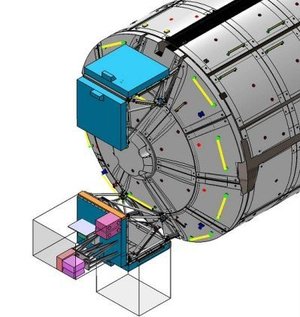
ASIM equipment on CEPA
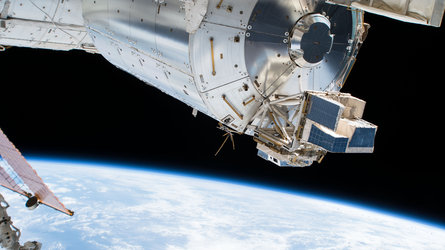
ASIM on Columbus
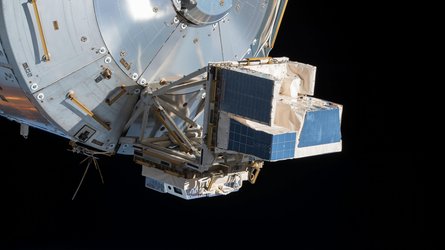
ASIM in action















 Germany
Germany
 Austria
Austria
 Belgium
Belgium
 Denmark
Denmark
 Spain
Spain
 Estonia
Estonia
 Finland
Finland
 France
France
 Greece
Greece
 Hungary
Hungary
 Ireland
Ireland
 Italy
Italy
 Luxembourg
Luxembourg
 Norway
Norway
 The Netherlands
The Netherlands
 Poland
Poland
 Portugal
Portugal
 Czechia
Czechia
 Romania
Romania
 United Kingdom
United Kingdom
 Slovenia
Slovenia
 Sweden
Sweden
 Switzerland
Switzerland











